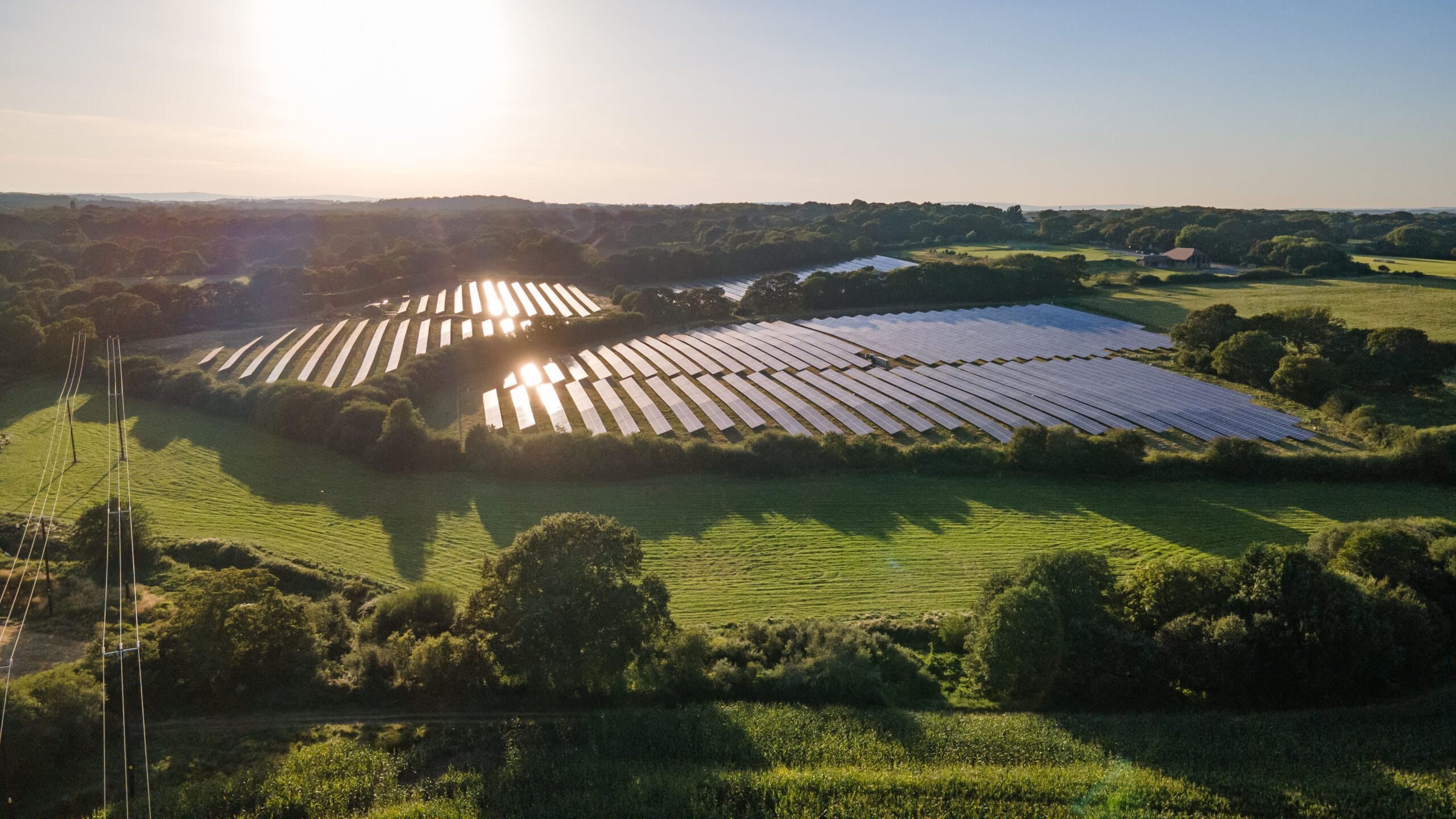Water neutrality – the importance of future-proofing drainage design
Motion Associate Director, Phil Allen, highlights the challenges with reduced water consumption and the impact on drainage infrastructure.
 Following Natural England’s position statement on water neutrality within the Sussex North Water Supply Zone, and the possible effect of water abstraction on the Arun Valley Special Area of Conservation, Special Protection Area and Ramsar sites, Motion has assisted several clients with preparing water neutrality strategies. Our proposals have shown how new developments can reduce their draw on the mains water supply through specifying water-efficient fixtures and fittings. Plans often include rainwater harvesting and recycling for non-potable water uses around the home.
Following Natural England’s position statement on water neutrality within the Sussex North Water Supply Zone, and the possible effect of water abstraction on the Arun Valley Special Area of Conservation, Special Protection Area and Ramsar sites, Motion has assisted several clients with preparing water neutrality strategies. Our proposals have shown how new developments can reduce their draw on the mains water supply through specifying water-efficient fixtures and fittings. Plans often include rainwater harvesting and recycling for non-potable water uses around the home.
Domestic mains water consumption is an estimated 125 litres per person per day, as stated in The Building Regulations Part G. Without rainwater recycling, Motion has been able to reduce this value down to as little as 85 litres per person per day. The fixtures and fittings and white goods required to achieve this figure are designed for low water usage; taps with air mixers, toilets with reduced flush volumes, and white goods that use less water than other thirsty models.
Effects on drainage and waste disposal
While less water use is positive in terms of ecology and resource preservation, the effect of reduced water consumption and wastewater discharge on drainage infrastructure is worth considering. Current design guidance and standards relating to drainage and waste disposal (Building Regulations Part H and BS EN 12056) are based on historical standards and higher flow rates than ‘water-neutral’ developments typically create. If the water consumption of a dwelling is, on average, reducing from 125 to 85 litres per person per day, what will be the effect of 30 per cent less wastewater moving through sanitary pipework and our sewers?
Motion’s discussions with professional partners have highlighted the risks of a reduced water draw, especially when retrofitting an existing dwelling as part of an offsetting scheme.
Low-flush volumes
These risks start within the home. The shape and capacity of the pan of most toilets is designed to receive a minimum flush volume. The pan works with the flush to allow waste to move around the U-bend and then be entrained in the branch connections to the stack pipe and the below-ground drainage. There are occasions where low-volume flushes, or standard flushes fitted with ‘save a flush’ bags, are partnered with traditional toilet pans and there simply isn’t enough volume to successfully clear the waste. Traditional gravity flush toilets will not clear waste if the flush volume goes below the standard of six to nine litres per flush. The result is waste not moving fully through the U-bend or branch connection and toilets blocking. This may take numerous flushes to clear, which defeats the water-saving principle of the low-volume flush. Where low-discharge cisterns are specified, the toilet pan must be designed to work with them.
Receiving drainage infrastructure must also take the reduced water inputs into account and be designed properly to ensure that the system works as intended. But how far does this need to go and how will it affect other infrastructure?
Sanitary pipework gradients
Guidance in paragraph 1.2 of Building Regulations Part H for sanitary pipework is only applicable for WCs with major flush volumes of five litres or more. While water efficient cisterns generally have maximum flush volumes of over five litres, the average discharge volume of a dual-flush cistern will be less, especially where eco-conscious and frugal users have a preference for the ‘low-flush’ button.
Information in Table 2 of the Building Regulations Part H states that WC outlets should have gradients of between 18-90mm per metre. Where lower average flush volumes are present, the minimum gradient of 18mm/m should be avoided as steeper drops will be needed for the movement of solid waste. However, noting the reduced water volume used in the average flush, the gradients of sanitary pipework may need to be carefully designed so they are not too shallow, but also not so steep that flush flows move faster than the waste and allow it to shelve in the pipes. Perhaps figures in Table 2 should be reviewed and supported with evidence-based data to provide sanitary pipework gradients better suited to water-efficient households.
Below-ground drainage
This principle also extends to below-ground drainage. The Building Regulations specify that the minimum gradient for below-slab pipework is 1 in 40 where no WC is present but can be reduced to 1 in 80 with a minimum of one WC, and 1 in 150 with five WCs. This is based on the discharge unit (DU) method of calculating flows from BS EN 12056-2 (2000), which predominantly provides DU values for flush volumes of between six and nine litres. Therefore, where average flush volumes are less than five litres, the gradients for below-slab pipework specified may need to be revised and a precautionary approach taken to avoid future issues with below-ground drainage. Indeed, a filling ratio (height over depth of flow) of between 0.5 and 0.8 is optimal to provide self-cleansing properties within pipes. Where a 4.5 litre flush is used, a standard 110mm outside diameter pipe may only have a filling ratio of 30 per cent. Over time, this could result in excessive siltation, pipe blockage and, depending on the accessibility of the pipe, expensive repair works.
Evolving water consumption
A review of longstanding regulations and design practices could be considered to ensure efficient drainage systems in the face of evolving water consumption. Alternatively, rather than alter well-established guidelines, perhaps we should continue to use standard fixtures and fittings but change where we obtain our water for use in the home. The integration of rainwater harvesting systems can help sustain current water consumption levels while promoting environmental sustainability and reducing surface-water runoff. A harvesting system collects and stores rainwater that would otherwise flow into the drain and helps to prevent surface-water runoff. The harvested water can be used for WC flushing, laundry, washing the car and watering the garden. Therefore, the volume of water we consume may not need to change but can be sourced in a way that is more sustainable for communities and the environment.
As households use less water, there will be a greater demand for expertise in planning, design and installation to ensure efficient wastewater management. Adapting new strategies is key for managing our current and future relationship with water.
For a preliminary conversation about the water neutrality and drainage challenges of your scheme, email pallen@motion.co.uk
Image credit: © VectorMine
An abridged version of this article first appeared in Issue 26 of Insight



